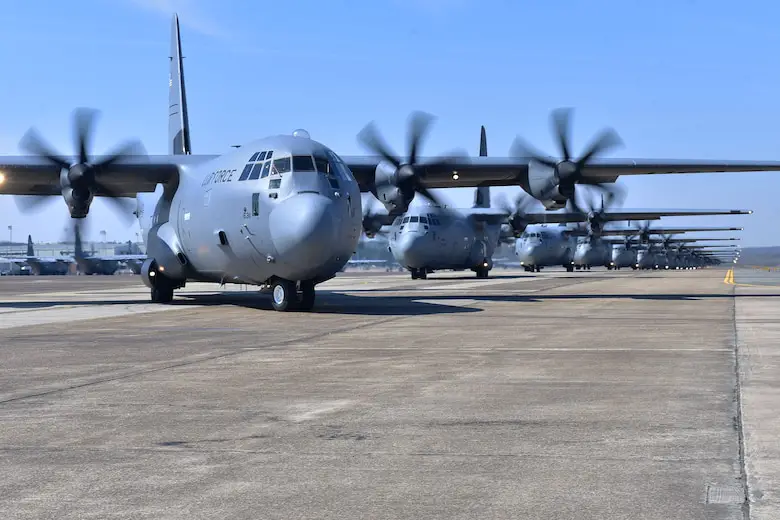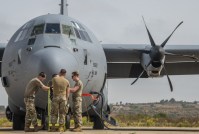Lockheed Martin Corp., Marietta, Georgia, has been awarded a $57,843,433 firm-fixed-price, time and material, cost-plus-incentive-fee, requirements modification (P00028) to contract FA8504-16-D-0001 for C-130J long-term sustainment. Sustainment services include program sustainment support, inventory control point management, consumable spares replenishment, repair, sustaining engineering support, technical data, and depot activation in support of the C-130J weapon system.
Work will be performed in Marietta, Georgia, and is expected to be completed Jan. 31, 2022. Fiscal 2021 operation and maintenance funds will be used for this contract with $47,737,519 being obligated at the time of award. Air Force Life Cycle Management Center, Robins Air Force Base, Georgia, is the contracting activity.

The Lockheed Martin C-130J Super Hercules is a four-engine turboprop military transport aircraft. The C-130J is a comprehensive update of the Lockheed C-130 Hercules, with new engines, flight deck, and other systems. The C-130J is the newest version of the C-130 Hercules and the only model in production. As of February 2018, 400 C-130J aircraft had been delivered to 17 nations. By July 2021, 450 had been delivered with 26 operators in 22 countries.
Externally similar to the classic Hercules in general appearance, the J-model features considerably updated technology. These differences include new Rolls-Royce AE 2100 D3 turboprop engines with Dowty R391 composite scimitar propellers, digital avionics, and reduced crew requirements. These changes have improved performance over its C-130E/H predecessors, such as 40% greater range, 21% higher maximum speed, and 41% shorter takeoff distance.
